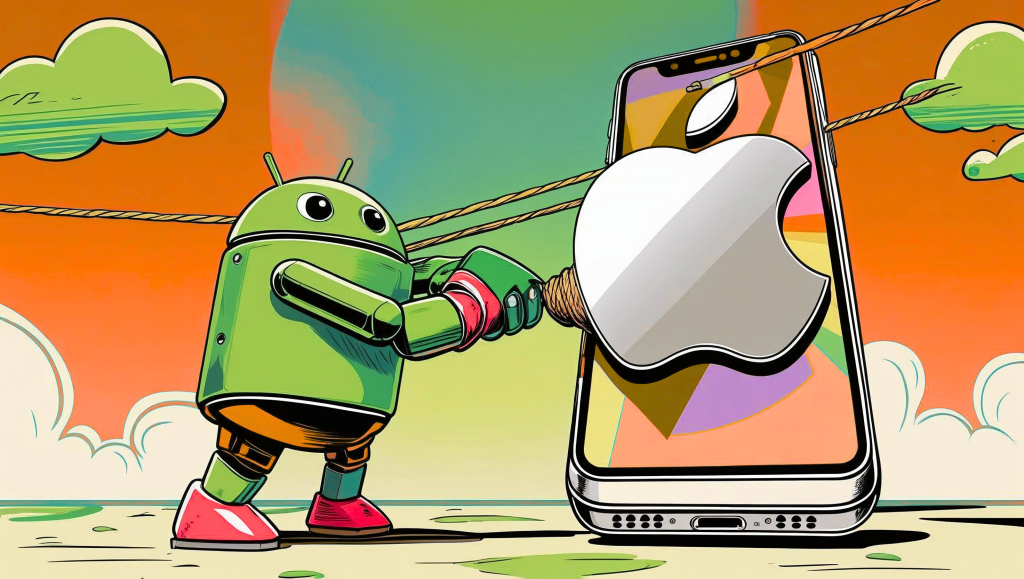
Introduction
In 2025, the competition between Android and iOS continues to shape the mobile technology landscape. Both operating systems have evolved, introducing new features and improvements to cater to diverse user needs. This comparison aims to provide a clear overview of the key differences between Android and iOS as they stand today.
Android maintains its position as the most widely used mobile operating system globally, thanks to its open-source nature and availability across various device manufacturers. This diversity offers users a range of choices in terms of design, features, and price points. Conversely, iOS, exclusive to Apple’s devices, provides a consistent and integrated user experience, with a strong emphasis on privacy and security.
Both platforms have made significant strides in artificial intelligence integration. Android’s collaboration with Google has led to advanced AI features, enhancing user interaction and personalization. iOS has also introduced AI-driven functionalities, focusing on improving user experience and device performance.
When it comes to app ecosystems, iOS users tend to spend more on applications and in-app purchases, contributing to higher revenue generation for developers. Android’s vast user base, however, offers a broader audience reach, especially in emerging markets.
Android vs iOS 2025
| Feature | Android (2025) | iOS (2025) |
|---|---|---|
| Market Share | ~72.36% globally [StatCounter] | ~27.28% globally [StatCounter] |
| App Revenue | Lower per user [Exploding Topics] | Higher per user [Exploding Topics] |
| Customization | Extensive personalization | Limited options |
| Device Range | Wide variety across prices | Limited to Apple devices |
| Software Updates | Typically 2-3 years | Consistent 5-year support |
| AI Integration | Advanced with Google Gemini | New Apple Intelligence |
| Privacy Controls | Improved, but varies | Strong, transparent controls |
| User Demographics | Broad range, including seniors | Popular with younger users |
conclusion
Both Android and iOS offer unique advantages tailored to different user preferences. Android’s flexibility and device variety make it appealing to a broad audience, while iOS’s integrated ecosystem and emphasis on privacy cater to users seeking a cohesive experience. Your choice should align with your personal priorities — whether it’s customization, long-term support, or unified design.
Please subscribe to our blog see more https://easydealsguide.org/
